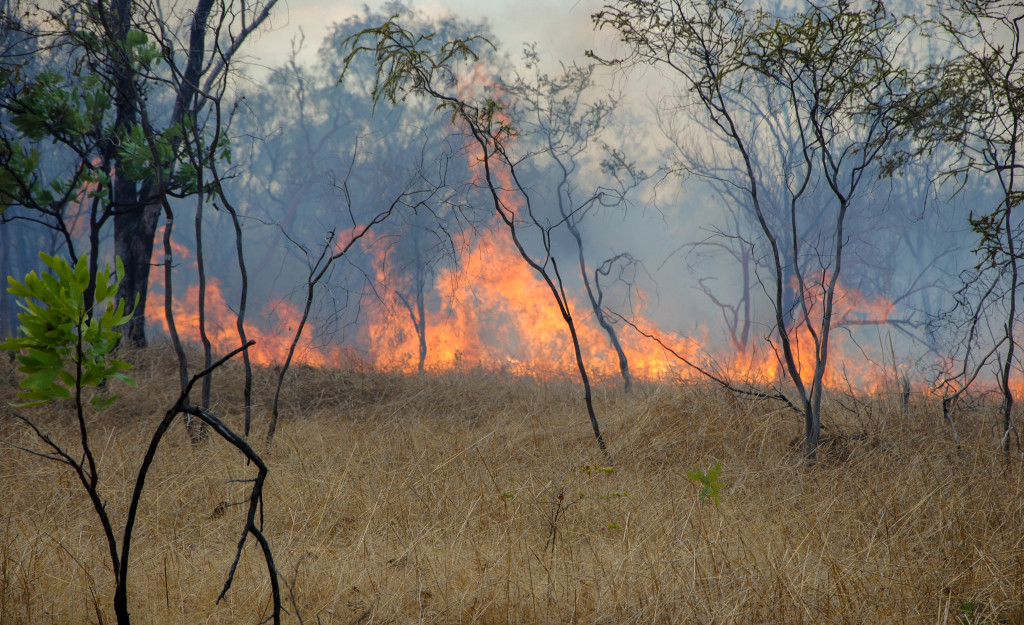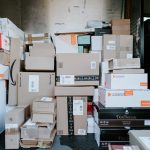There is no denying that wildfires in North America have been worse in the past few years. Experts explain that it can be chalked up to a few factors, including the following:
- Climate change plays a big part in this phenomenon. It has caused wildfire seasons to go forty to eighty days longer than they were three decades ago.
- Yearly droughts have also become more pronounced, which makes fires easier to ignite and spread, and for fuels to dry out.
- Extreme weather events like lightning storms and strong winds have become even more increasingly common, especially in areas like Colorado and California.
While it’s an incredible privilege to live in areas with stunning landscapes like the Pacific Northwest, Colorado, Arizona, California, and others, it comes with so many safety hazards, especially since they are more prone to wildfires. Here are some much-needed safety precautions for homeowners and people living in wildfire-prone areas in the United States.
Invest in fire-resistant equipment
If you have some possessions that you want to protect from fires, make sure to invest in fire-safe or fire-resistant storage solutions. If you also do a lot of farming or gardening, or if you work with plenty of chemicals, you might also need to invest in some durable personal protective equipment (PPE) or safety gear to protect you from any untoward incidents while you work.
Maintain your home

Properly maintaining your home can help mitigate the damage should a wildfire take place near your property. Here is a basic checklist for what you regularly need to do to protect your home:
- Clear debris and leaves from your gutters, porches, eaves, and decks. Doing so can help ensure that there are no embers that can ignite your property.
- Dead vegetation around the area needs to be cleared constantly. There is a principle called “defensible space,” which is all about doing your landscaping in a way that creates a buffer between a structure on your land and the trees, grass, shrubs, or any wild land that surrounds it. There is some debate about its effectiveness, but it can’t hurt to add it as an additional safeguard on top of other safeguards.
- Make the habit of removing flammable materials and products like propane tanks and firewood stacks within thirty feet of your property’s outbuildings, including sheds and garages.
- Prune your trees because wildfire can be spread through treetops.
- Ensure that your grass is constantly hydrated and properly maintained.
These are just some safety precautions and maintenance pointers you need to remember to protect your property from wildfires. Consider consulting with a fireman in your area or attending some of their seminars or training to find additional information on how you can protect your home from wildfires.
Prepare your family for the worst, but hope for the best
It’s not just your actual property that you need to prepare–your entire family and staff (if any) also need to be ready for the worst, while still hoping for the best. Here are some ways to prepare your people in the event of a wildfire:
- Come up with an emergency plan. Gather everybody and make sure that everyone is on the same page. Check your interiors to ensure that nothing blocks people from being able to leave in case of an emergency, and teach everyone how to property and calmly exit the property if a wildfire breaks out. Hopefully, you would already have evacuated before the fire reaches your property.
- Agree on where you will meet each other if a wildfire breaks out and you find yourselves separated for whatever reason, and unable to reach each other through mobile or other means.
- Prepare “go” bags for every member of the family. The basic items that you will need for the bags include drinking water and canned goods to last for at least three items, change of clothes, medicine, hygiene products like toothbrush and toothpaste, flashlight, batteries, portable charger for your devices, whistle, battery-powered hand-crank radio, first aid kit, dust mask to protect your respiratory system from contaminated air, garbage bags, wet wipes, pliers, manual can opener, and local maps in case you lose access to the internet.
When it comes to physical safety, it’s always better safe than sorry. Being prepared doesn’t mean living our lives in fear and paranoia; it just means we value our lives and property so much that we would take steps to ensure our survival. Our climate situation is getting worse and it has already been declared a climate emergency, so we also need to do our part in ensuring that we are helping make things better instead of contributing to the problem.



